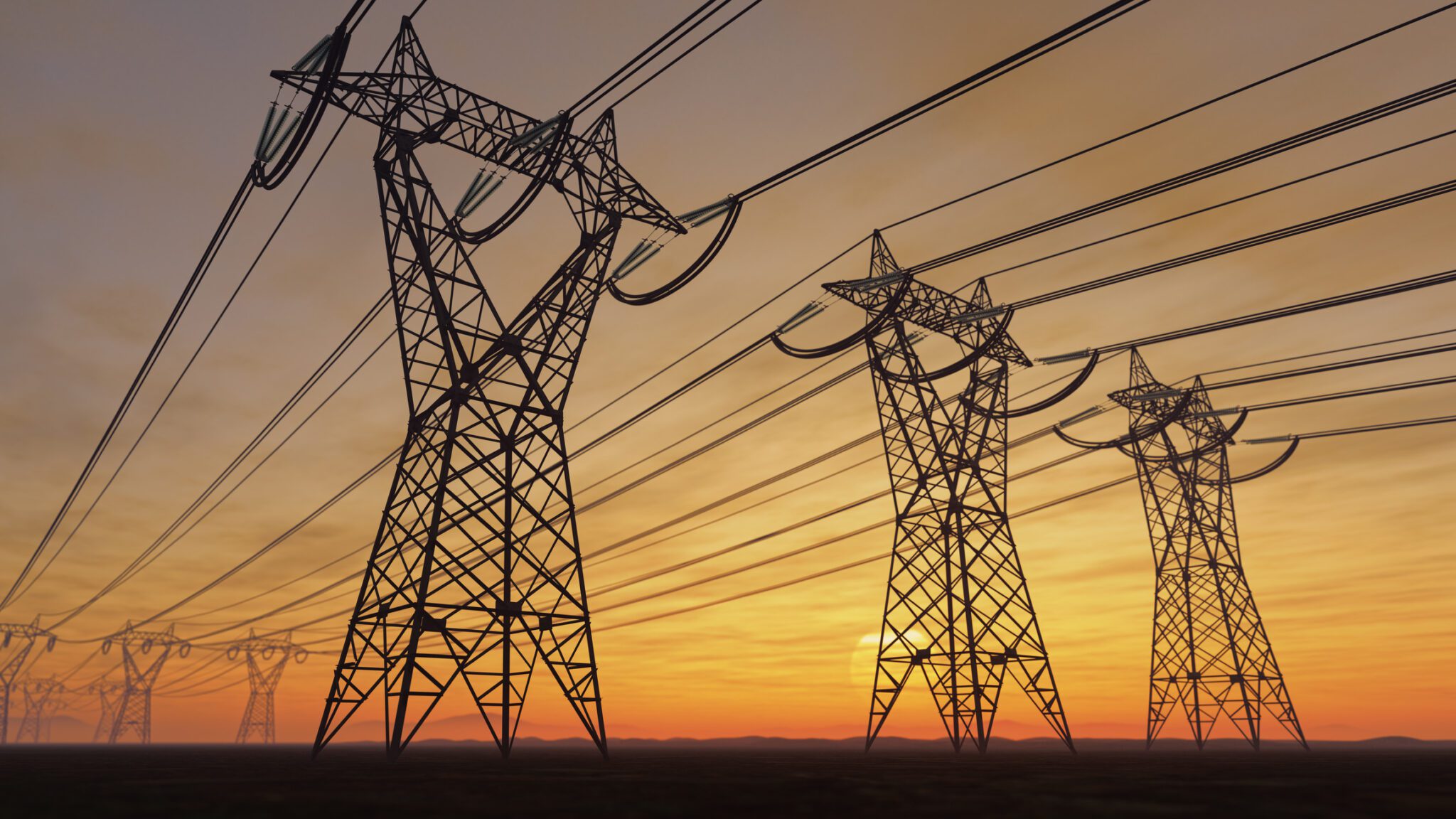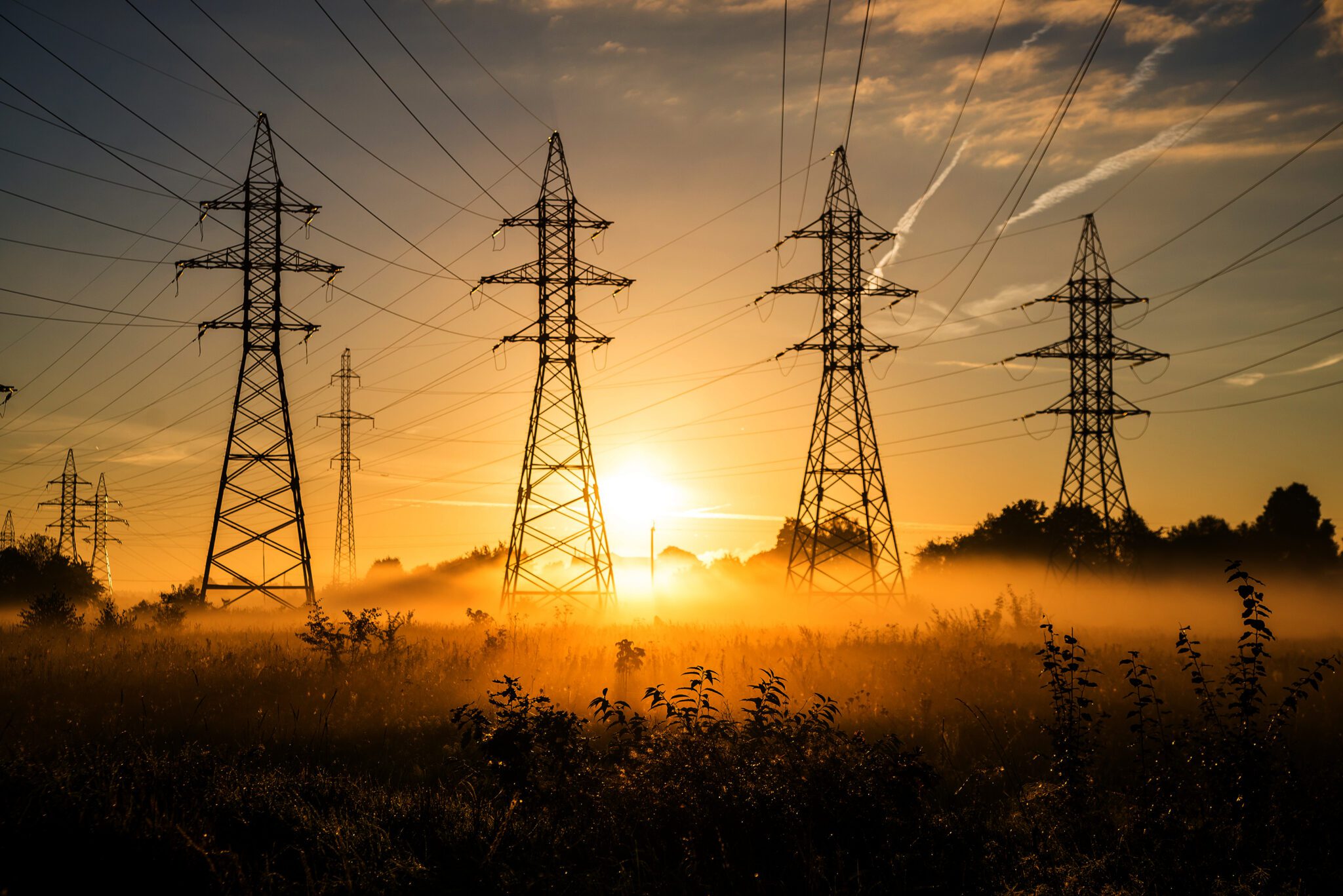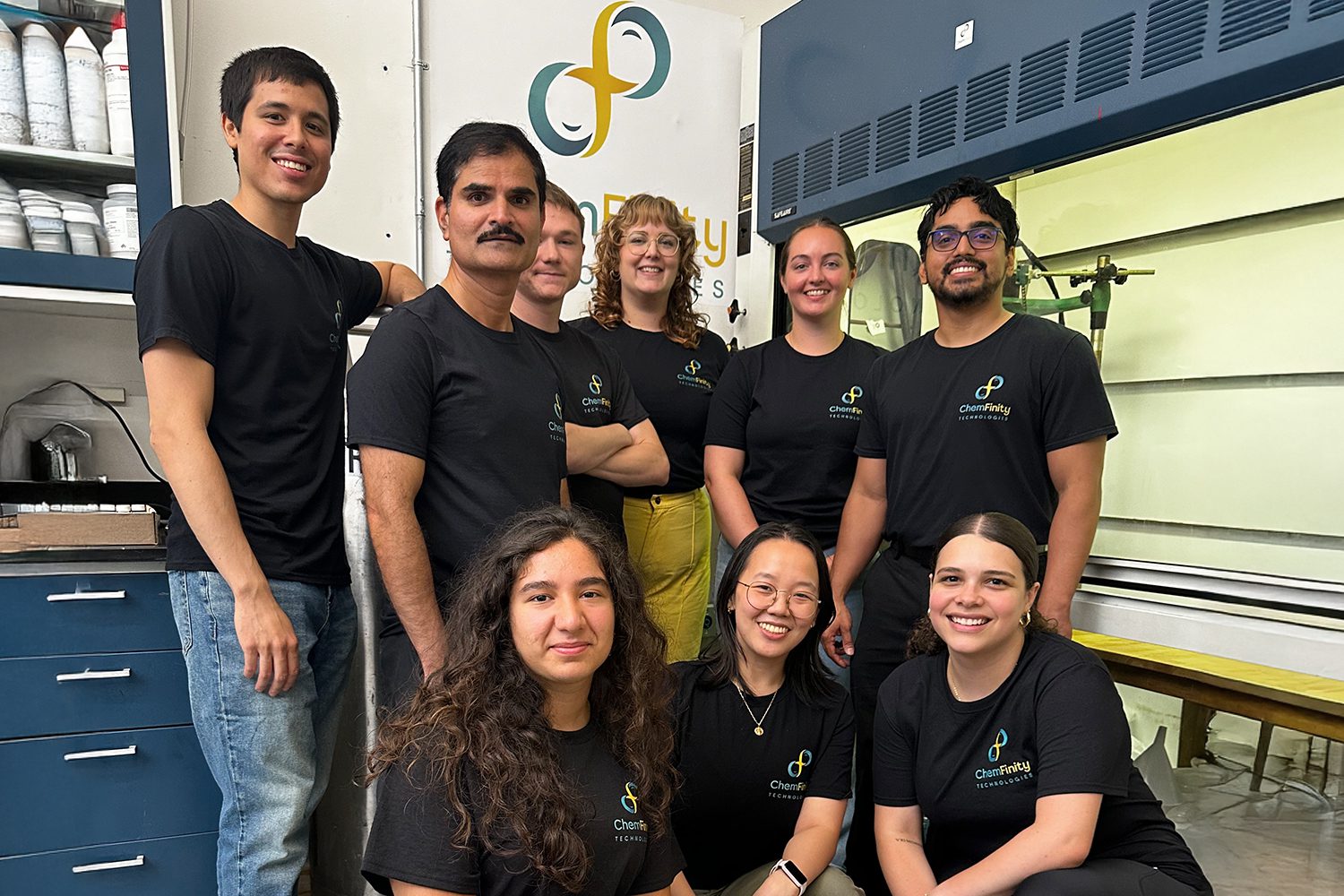Want a clean energy future? Improve the grid.
In the pursuit of our net-zero goals, the electrical grid is the backbone of our efforts. In fact, we need to triple transmission capacity by 2050. Despite this imperative, regulatory barriers often hinder the construction of new lines.
Enter the Federal Energy Regulatory Commission (FERC), currently on the brink of finalizing a rulemaking that addresses two pivotal issues: planning and paying for regional transmission lines.
We urge FERC to improve how regional transmission lines are planned and paid for.
In April 2022, FERC issued a Notice of Proposed Rulemaking (NOPR) seeking to improve regional transmission planning, and to update the Commission’s recommended approach to cost allocation (that is, who pays and how much for the development of transmission lines). Breakthrough Energy fully supports this initiative and urges FERC to not only address these issues but to go even further in revolutionizing our approach to grid planning. We filed comments in support of this rule, and along with many other partners and stakeholders, we recently urged Chairman Phillips to finalize the rule as soon as possible. Here’s what we believe the key steps forward are:
Transmission providers need to account for a changing grid.
The past century doesn’t help us plan for the grid’s future, and many transmission providers are stuck with an outdated regulatory system that is not suited to meet the opportunities and challenges of a rapidly transforming grid. We are seeing accelerated deployment of clean technologies like wind, solar, and storage spurred in part by the Bipartisan Infrastructure Law and Inflation Reduction Act – and plans to expand emerging clean resources such as next-generation nuclear and enhanced geothermal energy.
And for the first time in decades, electricity demand is rising rapidly, driven by the expansion of electrification, domestic manufacturing, and data centers to serve needs like the explosive growth in artificial intelligence. FERC’s proposed rule would require transmission providers to take a long-term view that takes into account things like:
- Changing energy mix and demand
- Impacts of federal and state policy
- Extreme weather events
Importantly, the rule would also require transmission providers to update these plans on a periodic basis, to take into account the latest forecasts of system conditions and to provide for flexibility and learning as our electricity needs evolve.
Transmission providers also need to consider comprehensive benefits, not just costs.
Transmission providers, like any business, tend to look first at the costs of new transmission lines. But we believe they should weigh those against the benefits, too. FERC is proposing a broader list of benefits that transmission providers may consider in their planning processes, including:
- Reduced congestion, or higher prices resulting from physical constraints on the grid
- Mitigation of extreme weather
- Access to lower-cost generation resources
This is an important first step in allowing providers to account for the multiple benefits of new transmission; however, we believe FERC should go even further and require that transmission providers evaluate a minimum set of benefits in planning processes. This would provide for important standardization and consistency in how transmission is planned and help ensure the most efficient and cost-effective transmission buildout possible.
The rule will help clarify who pays for new transmission lines.
Another key aspect tackled by the proposed rule is cost allocation—deciding who pays for new transmission lines and in what proportion. FERC proposes that transmission providers seek an agreement with relevant state entities, aligning costs roughly commensurate with benefits.
While state input is essential, the Commission may need to decide how to address any future disagreements between states where transmission lines cross multiple jurisdictions.
We should encourage more advanced technologies.
While FERC recognizes the potential of advanced transmission technologies like dynamic line ratings and power flow control devices in the NOPR, we believe they are missing an opportunity to go further. Breakthrough Energy encourages the inclusion of additional innovations such as advanced conductors, including superconducting transmission lines, in planning and construction.
For example, advanced conductors can increase transmission capacity by at least double and potentially up to 10X, reduce grid congestion, and integrate more clean generation onto the grid–while simultaneously enabling better use of existing rights-of-way.
We still need to improve transmission between regions.
In the pursuit of a more resilient grid, it's essential to consider interregional transmission planning as well. These proposed reforms primarily focus on regional transmission lines, leaving the issue of transmission planning between regions largely unaddressed. Currently, there is no rule requiring a minimum amount of transmission capacity that must be available to transfer electricity between adjacent regions or RTOs. That leaves the grid vulnerable to extreme weather and other threats.
To enhance reliability, we urge FERC to undertake an additional rulemaking on interregional transmission, establishing minimum interregional capacity requirements. Congress is also contemplating such a measure: The BIG WIRES Act, introduced in September of last year, would direct the Commission to initiate such a rulemaking.
We urge FERC to finalize this rule as soon as possible.
A robust, resilient grid is essential to reaching our clean energy goals. To get there, figuring out how to plan and pay for it is key. This new rule would encourage large-scale transmission expansion, unlock the geographical diversity of resources in the U.S., and make energy costs more affordable. We urge the Commission to finalize it as soon as possible.







